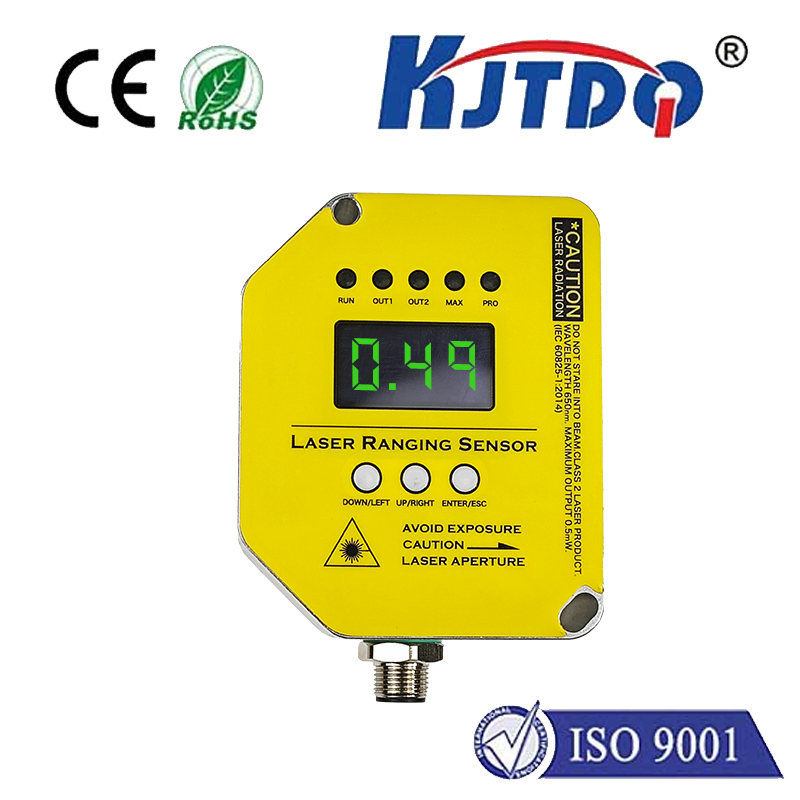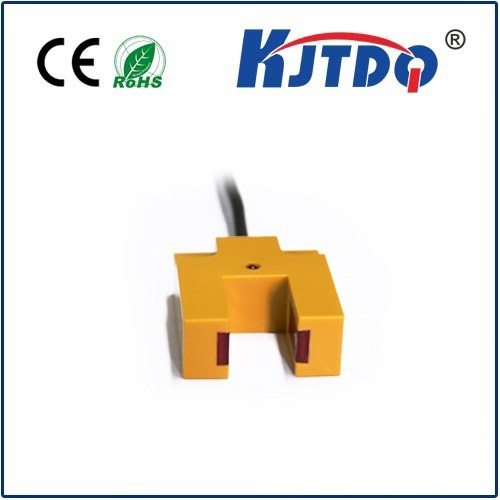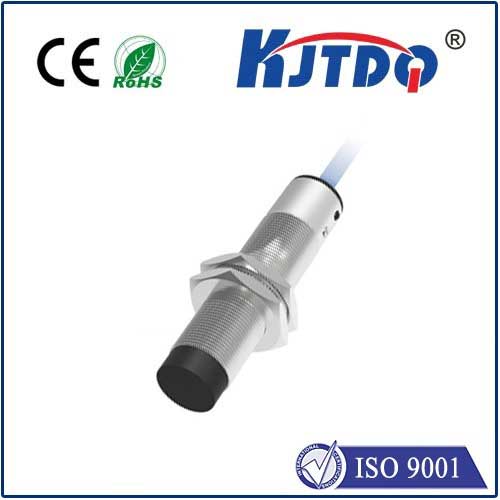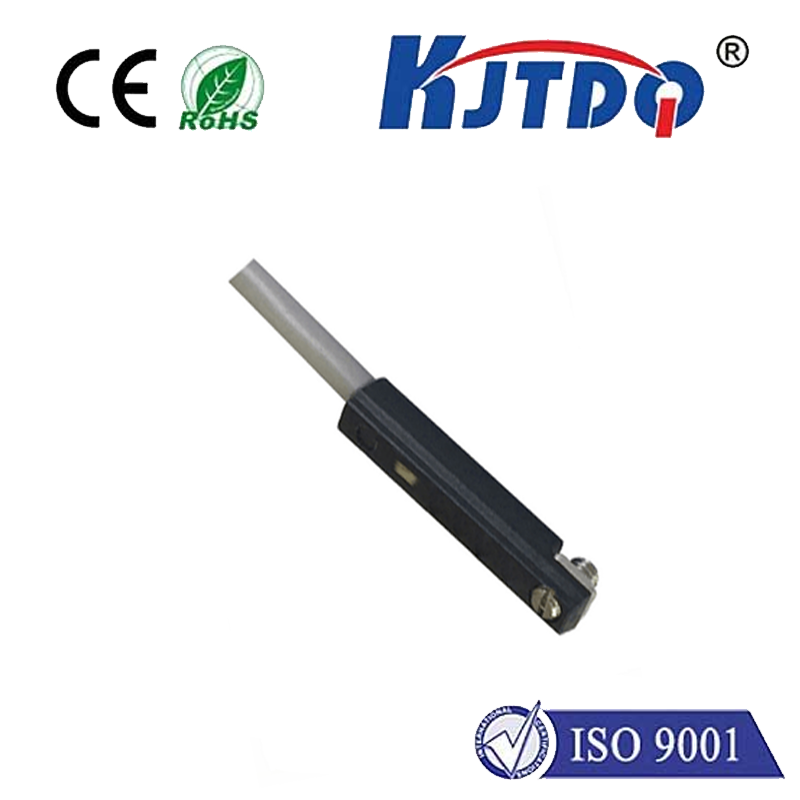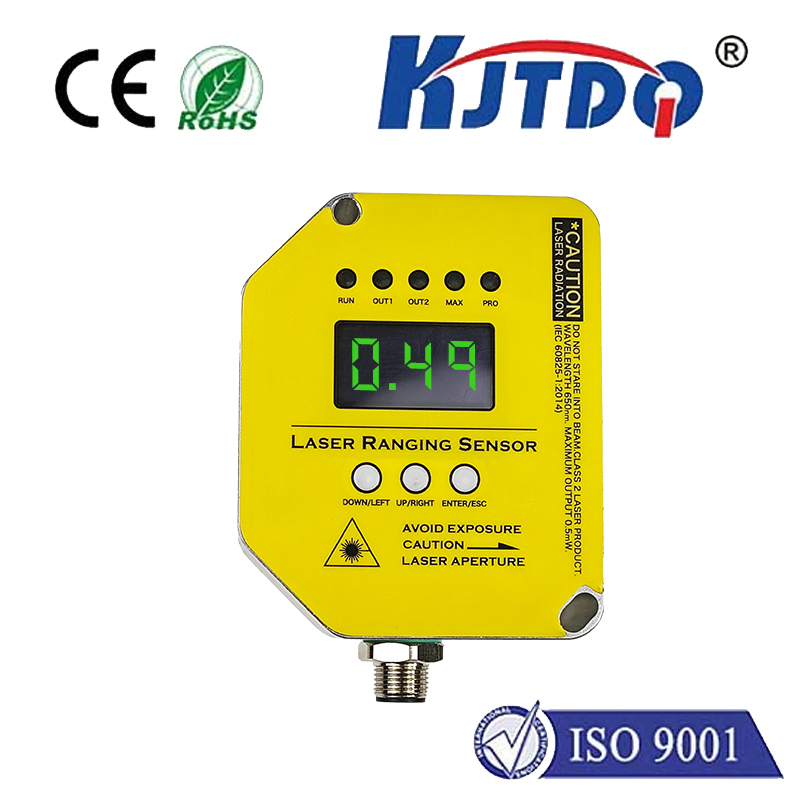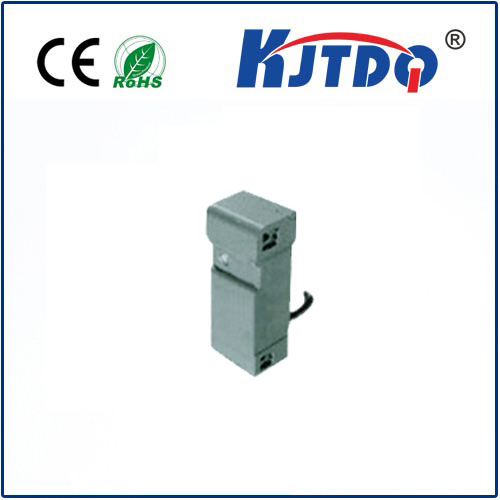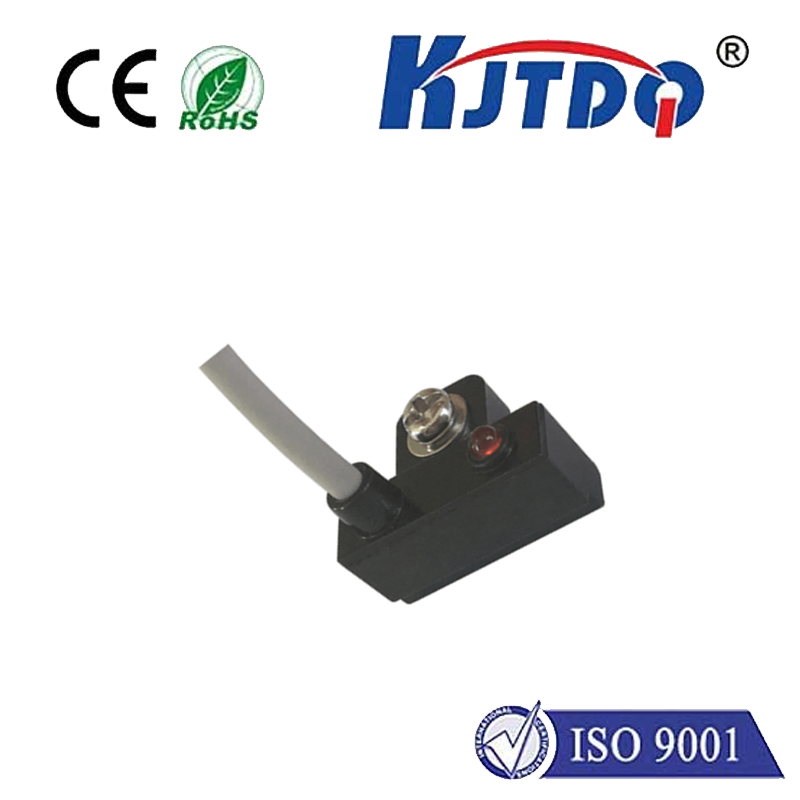
check

check

check

check
In today’s technological landscape, sensors play an integral role in various applications, from consumer electronics to industrial systems. Among these sensors, the Hall Effect proximity sensor stands out for its unique operating principle and versatility. This article delves into what a Hall Effect proximity sensor is, how it operates, and its various applications.
The Hall Effect proximity sensor operates based on the Hall Effect, a phenomenon discovered by Edwin Hall in 1879. When an electric current passes through a conductor in the presence of a magnetic field, a voltage difference (Hall voltage) is generated across the conductor, perpendicular to both the current and the magnetic field. This effect forms the basis of the Hall Effect sensor. A Hall Effect proximity sensor is a specific type of Hall Effect sensor designed to detect the presence or absence of nearby objects without physical contact. It typically consists of a Hall Element, which generates the Hall voltage, and additional circuitry to process this signal. These sensors are often enclosed in a compact housing that makes them suitable for integration into various devices.
The working principle of a Hall Effect proximity sensor is straightforward yet ingenious. Here’s a step-by-step explanation:
Current Passage: A constant current is supplied to the Hall element within the sensor.
Magnetic Field Interaction: When a magnetic object approaches the sensor, it disturbs the local magnetic field around the Hall element.
Hall Voltage Generation: The disruption in the magnetic field causes a change in the Hall voltage across the element.
Signal Processing: The change in voltage is then amplified and converted into a digital output signal (high or low). This output signal can be interpreted by a microcontroller or another processing unit to determine the presence or absence of the detected object. This simple yet effective mechanism allows the Hall Effect proximity sensor to function accurately and reliably over extended periods.

Due to their non-contact nature and robust performance, Hall Effect proximity sensors find applications in numerous fields. Some notable examples include:
Automotive Industry: They are used for speed measurement, crankshaft position detection, and anti-lock braking systems (ABS), contributing to vehicle performance and safety.
Industrial Automation: In manufacturing processes, they monitor conveyor belt movements, detect the presence of products, and ensure smooth operation of machinery.
Consumer Electronics: They enable features such as screen wake/sleep functionality in smartphones and tablets. They also help in improving battery efficiency by turning off displays when not in use.
Aerospace Sector: Hall Effect sensors play vital roles in aircraft control systems, throttle position detection, and other critical applications where reliability is paramount.
Robotics: They assist in precise movement and positioning of robot arms and automated guided vehicles (AGVs), enhancing efficiency and accuracy.
Several factors contribute to the widespread adoption of Hall Effect proximity sensors:
Non-Contact Operation: Eliminates wear and tear, leading to longer lifespan and reduced maintenance costs.
Reliability: Functions accurately under harsh environmental conditions, including high temperatures, moisture, and vibrations.
Compact Size: Easy integration into tight spaces and various device designs.
Energy Efficiency: Low power consumption, making them ideal for battery-operated devices.
Versatility: Capable of detecting a wide range of materials and objects.
The Hall Effect proximity sensor stands as a testament to the ingenuity of scientific discovery and its practical application in modern technology. Its ability to detect objects without physical contact, coupled with its reliability and efficiency, makes it indispensable in various industries. As technology continues to evolve, we can expect further refinements and new applications for these versatile sensors, ensuring they remain a cornerstone of innovation for years to come.
